A terrarium for reptiles is an enclosed, controlled environment designed to replicate the natural habitat of reptiles, providing them with a suitable living space. Terrariums are commonly used for keeping and housing reptiles as pets. The design and setup of a reptile terrarium aim to meet the specific needs of the reptile species, considering factors such as temperature, humidity, lighting, and substrate.
Features of a Terrarium for Reptiles
The primary structure is the PVC snake enclosure itself, which can be made of glass, acrylic, or other materials. The size of the enclosure depends on the species and size of the reptile. The substrate is the material covering the floor of the bearded dragon terrarium. It varies depending on the reptile's natural habitat and may include materials like coconut coir, cypress mulch, or other substrates suitable for burrowing or nesting. Reptiles are ectothermic, meaning they rely on external heat sources to regulate their body temperature. Heating elements such as heat mats, ceramic heat emitters, or heat lamps are commonly used to create temperature gradients within the reptile tank. Proper lighting is crucial for reptiles that require specific UVB rays for synthesizing vitamin D3. Full-spectrum UVB bulbs are often used to provide the necessary light for reptiles, and basking spots are created with heat lamps.
Reptiles often need hiding spots to feel secure. Various structures, caves, or artificial plants can be used to create hiding places within the Gecko terrarium. A water dish is provided to ensure that reptiles have access to fresh water for drinking and soaking. The size of the water dish also depends on the size of the reptile. Instruments for monitoring temperature and humidity levels within the terrarium are essential to create and maintain a suitable environment. Proper ventilation is necessary to prevent the buildup of stagnant air and to maintain appropriate air quality within the terrarium. Environmental enrichment may include items like branches, rocks, or climbing structures to stimulate natural behaviors and provide mental stimulation. Some reptiles have specific requirements based on their natural habitats. For example, tropical reptiles may need higher humidity levels, while desert reptiles may require a drier environment.
Sizes of a Reptile Tank
The size of an enclosure for a bearded dragon is an important factor in providing a suitable living space. The recommended size for a bearded dragon tank can vary depending on the age and size of the reptile. A 40-gallon reptile tank is often considered suitable for juvenile bearded dragons. Juveniles are smaller and don't need as much space as adults. However, it's essential to monitor the growth of the bearded dragon and be prepared to upgrade to a larger enclosure as it matures. A 50-gallon reptile tank is a good intermediate size and may be suitable for sub-adult bearded dragons. As the bearded dragon grows, one might still need to consider upgrading to a larger enclosure to provide ample space for movement and proper enrichment. It's important to note that larger enclosures are generally preferable for adult bearded dragons to allow for more natural behaviors, exploration, and the inclusion of additional features like climbing structures.

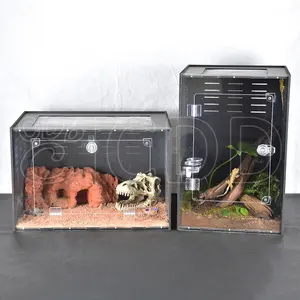





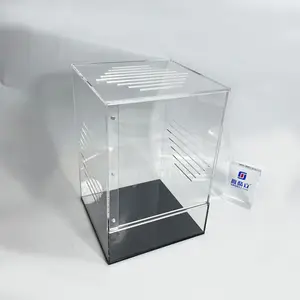


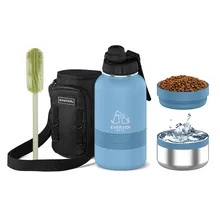




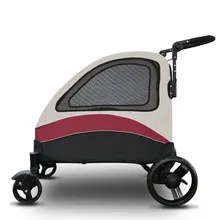

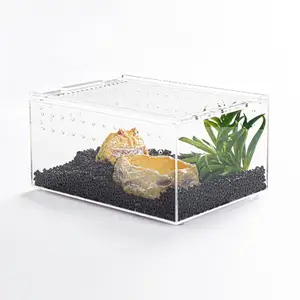


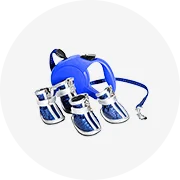








 浙公网安备 33010002000092号
浙公网安备 33010002000092号 浙B2-20120091-4
浙B2-20120091-4